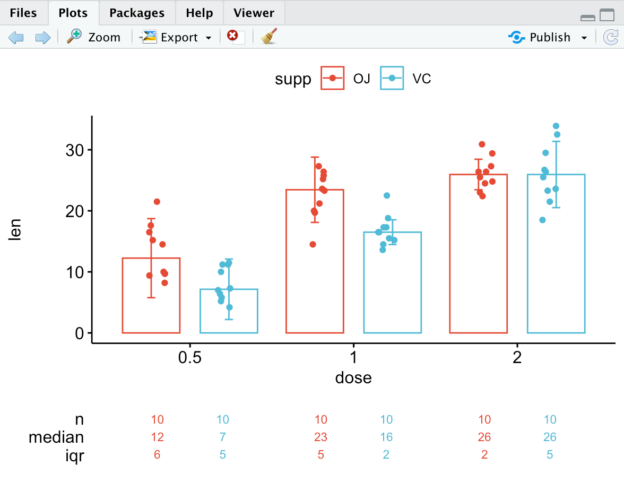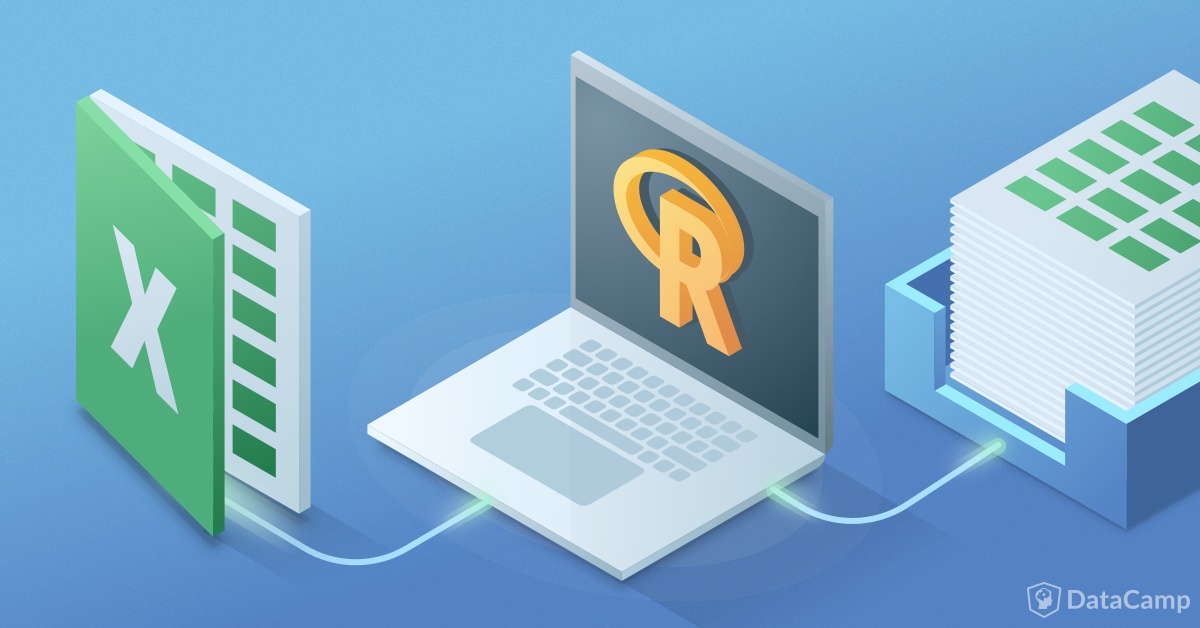

If you need to process/clean/modify your data do this in R (not MS Excel) as you can document (and justify) any changes made. These files should be treated as read only and should not be changed in any way. The subdirectory called raw_data contains raw data files and only raw data files. Rproj file.ĭata - We store all our data in this directory. Root - This is your project directory containing your.

In our working directory we have the following directories: We frequently use the following directory structure in our R based projects In addition to using RStudio Projects, it’s also really good practice to structure your working directory in a consistent and logical way to help both you and your collaborators.

data <- readNamedRegionFromFile(file, # File path Analogous to the previous example, you can import just a region with the readNamedRegionFromFile, specifying the file name (if the file is in your working directory) or the file path and the region name. Moreover, this package provides a function to load Excel named regions. In case you want to load multiple sheets, it is recommended to use the loadWorkbook function and then load each sheet with the readWorksheet function: load <- loadWorkbook(file_path)ĭata <- readWorksheet(load, sheet = "list-column",ĭata2 <- readWorksheet(load, sheet = "two-row-header", # install.packages("XLConnect")ĭata <- readWorksheetFromFile(file_path, sheet = "list-column", We recommend you to type ?XLConnect to look for additional information of the arguments of each function of the package. In order to load an Excel file into R you can use the readWorksheetFromFile function as follows. read.xlsx(file_path, cols = 1:2, rows = 2:3) Name ClippyĪn alternative to the xlsx package is XLConnect, which allows writing, reading and formatting Excel files. Recall to type ?read.xlsx or help(read.xlsx) for additional information. If you want to select specific cells you can make use of the rows and cols arguments. The function to read XLSX files is named read.xlsx: # install.packages("openxlsx")Īs in the function of the previous package, there are several arguments you can customize, as sheet, skip or colNames. The differences respect to the previous package are that the output is of class ame by default instead of tibble and that its main use is not just importing Excel files, as it also provides a wide variety of functions to write, style and edit Excel files. The openxlsx package uses Rcpp and, as it doesn’t depend on JAVA, it is an interesting alternative to to the readxl package to read an Excel file in R. Nonetheless, if you know the file extension you are going to read you can use the corresponding function of the following to avoid guessing: # If you know the extension of your Excel file Recall that the read_excel function guesses the file extension. If you want the output to be of class ame you will need to use the as.ame function as follows: data <- read_excel(file_path, skip = 1) However, you may have noticed that the output is of class tibble (a modern type of data frame). In addition, if you want to avoid reading the column names, you can set the col_names argument to FALSE: read_excel(file_path, col_names = FALSE) New names: read_excel(file_path, range = "B1:B5") # A tibble: 4 x 1 In this case, the skip argument won’t be taken into account if you specify it. Note that you could also specify a range of cells to be selected with the range argument. Read_excel(file_path, skip = 1) # A tibble: 3 x 2 You can also skip rows with the skip argument of the function: # Skip first row Read_excel(file_path, sheet = 2) # Equivalent # A tibble: 2 x 4ġ (at birth) (office supply type) (date is approximate) (in grams) Read_excel(file_path, sheet = "two-row-header") # Selecting the other sheet of the Excel file Note that, by default, the function loads the first Excel sheet. The sheet argument allows you to specify the sheet you want to load, passing its name or the corresponding number of the tab. # Get the path of a sample XLSX dataset of the package Once loaded, or once you have the path of your own Excel file, you can use the excel_sheets function to check the Excel file sheet names, if needed. In order to load the path of the sample Excel file you can make use of the readxl_example function.


 0 kommentar(er)
0 kommentar(er)
